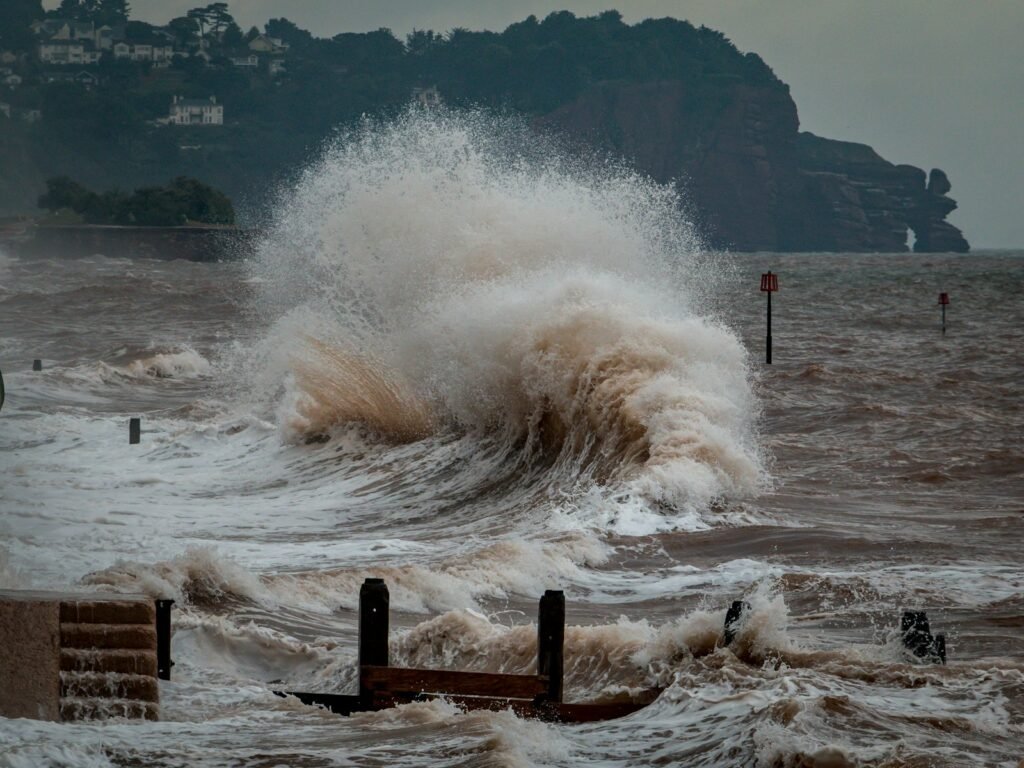The intricate relationship between wildlife conservation and economic development has long been a subject of global debate. While the preservation of our planet’s biodiversity is crucial for ecological balance, the quest for economic development often necessitates the exploitation of natural resources. Striking a harmonious balance between these two seemingly opposing objectives is among the most pressing challenges of our time. This article delves into the complexities of this conflict and explores whether simultaneous advancement in both realms can be achieved.
The Importance of Wildlife Conservation
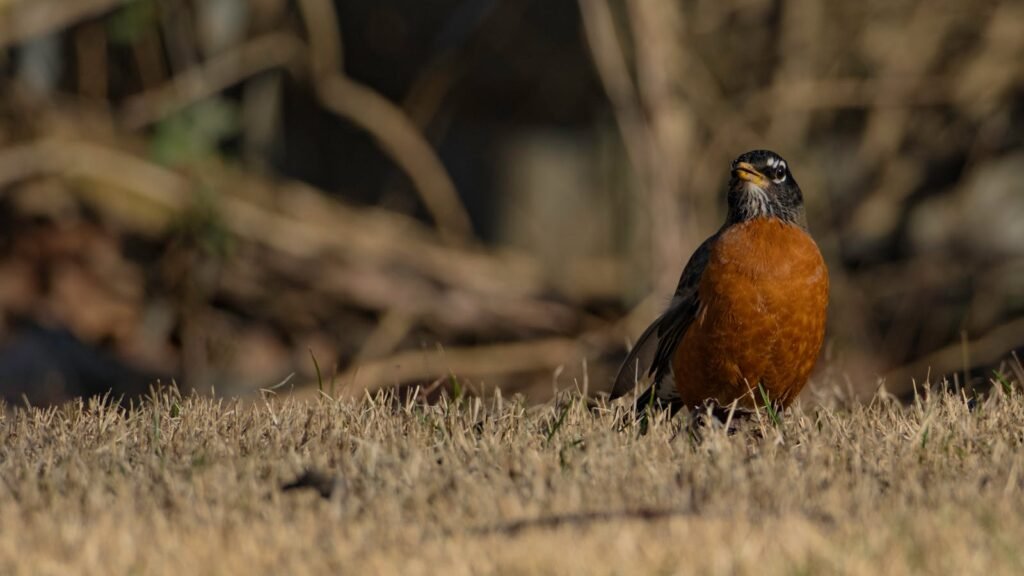
Wildlife conservation plays a vital role in maintaining the earth’s ecological balance, supporting ecosystem services that are indispensable for human survival. Healthy ecosystems regulate climate, purify air and water, pollinate crops, and decompose waste. Biodiversity also underpins economies, providing resources for agriculture, pharmaceuticals, and tourism. The loss of wildlife can destabilize ecosystems, resulting in adverse outcomes like crop failure and increased disease prevalence. Thus, protecting wildlife is not just an environmental imperative but an economic one as well.
Economic Development: A Necessity for Progress
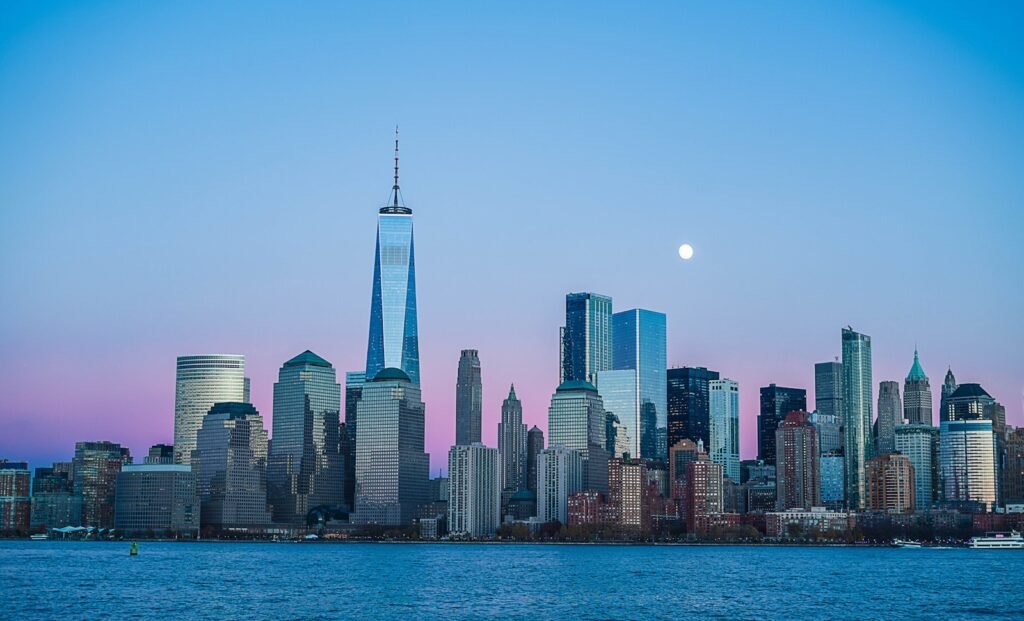
Economic development is essential for improving living standards, reducing poverty, and fostering infrastructural and technological advancements. Developing countries, in particular, view the exploitation of natural resources as a pathway to economic growth, potentially leading to better healthcare, education, and overall quality of life. Industrialization, urbanization, and agriculture are common routes through which countries aim to boost their economies, but these often come at a severe cost to the environment.
The Conflict: At What Cost?

The conflict arises when economic activities such as mining, deforestation, and industrial expansion encroach upon natural habitats, leading to the degradation and destruction of wildlife ecosystems. Rapid urbanization often results in habitat fragmentation, making it difficult for animals to find food, mate, and migrate. Water pollution from factories and agricultural runoff further endangers aquatic life. Thus, the push for economic development can often conflict directly with efforts to preserve wildlife.
Finding a Middle Ground: Sustainable Development
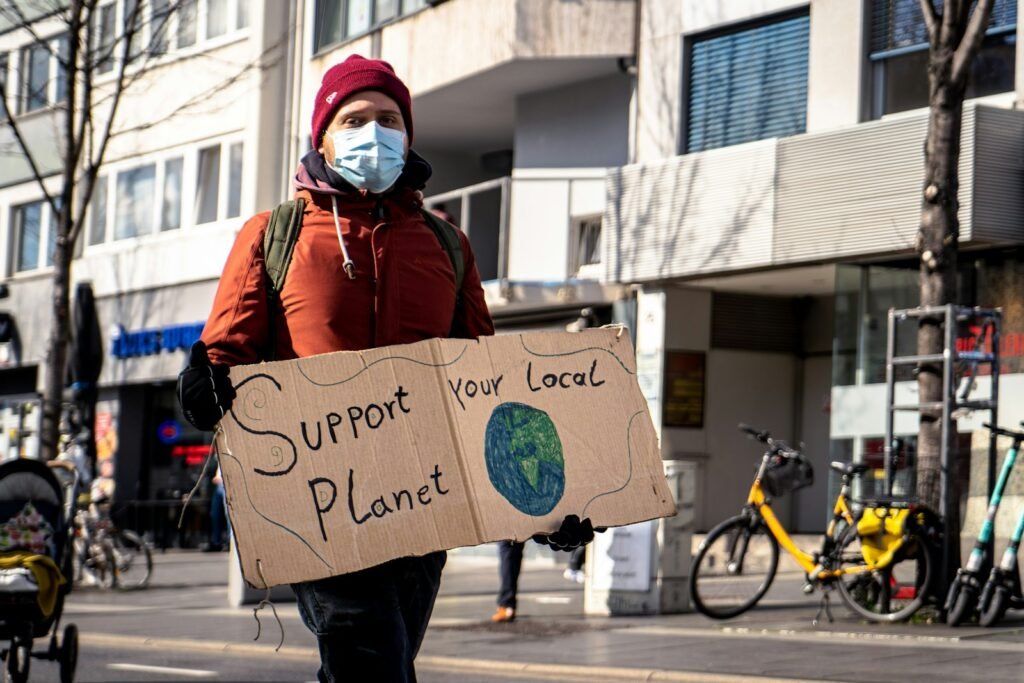
Sustainable development seeks to bridge the gap between economic growth and environmental conservation. The concept involves meeting current human needs while ensuring that natural ecosystems are preserved for future generations. Strategies like eco-friendly infrastructure, responsible natural resource management, and renewable energy sources aim to diminish the environmental footprint of economic activities. Implementing sustainable agricultural practices can likewise boost food production while conserving land and water resources.
Success Stories: Effective Coexistence Models

There are numerous examples globally where wildlife conservation and economic development coexist successfully. Ecotourism is one such model, where natural habitats are preserved while attracting tourists, generating revenue and creating jobs. Countries like Costa Rica have pioneered this balance, conserving rainforests while boosting their economy through tourism. Similarly, sustainable fishing practices in New Zealand have allowed marine wildlife populations to thrive, supporting both local communities and biodiversity.
Innovative Solutions and Technologies
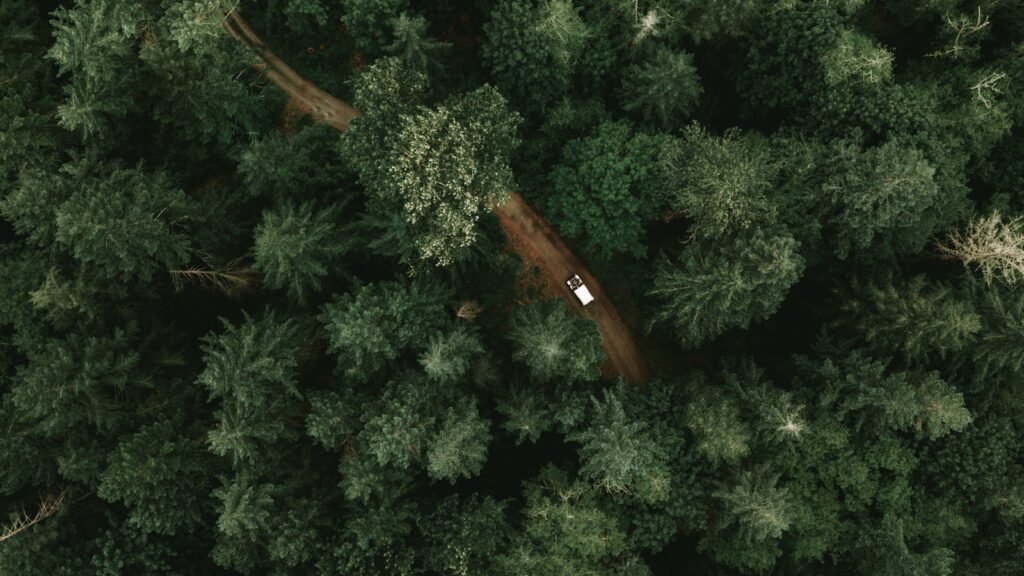
Emerging technologies and innovative practices offer promising solutions to the dilemma. Remote sensing and satellite monitoring enable better management of wildlife areas, reducing illegal activities like poaching and logging. Biotechnology is furthering advancements in agriculture, producing higher yields on smaller land areas without excessive chemical use. Corporations are also stepping up, with many adopting green technologies and sustainable practices to minimize their ecological footprints.
The Role of Policy and Education

Public policy and education are crucial in navigating this conflict. Governments can implement regulations that protect critical habitats and incentivize businesses to adopt sustainable practices. Environmental education fosters awareness and appreciation for biodiversity among citizens, promoting conservation efforts at a community level. When local populations understand the ecological and economic benefits of wildlife, they are more likely to support conservation initiatives.
Conclusion: A Path Forward
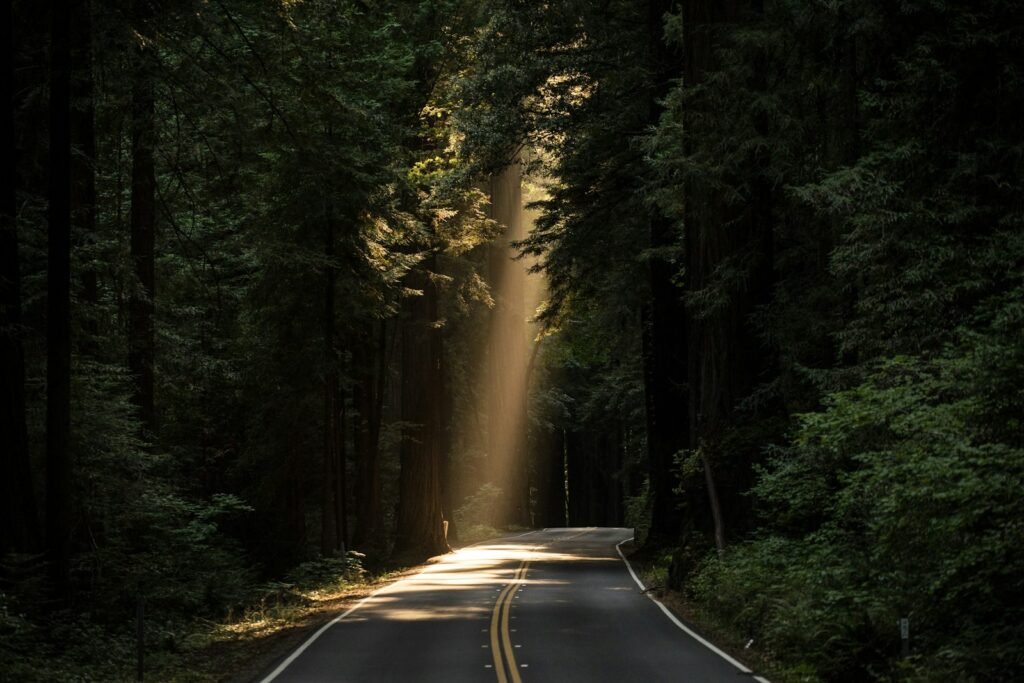
The conflict between wildlife protection and economic development is complex, yet not insurmountable. With concerted efforts towards sustainable development, it is possible to achieve a harmonious balance between the two. By leveraging innovative technologies, fostering successful coexistence models, and implementing supportive policies, we can pave a path that honors both economic advancement and ecological preservation. Ultimately, the future of wildlife and humanity hinges on our ability to align these objectives for the greater good.


